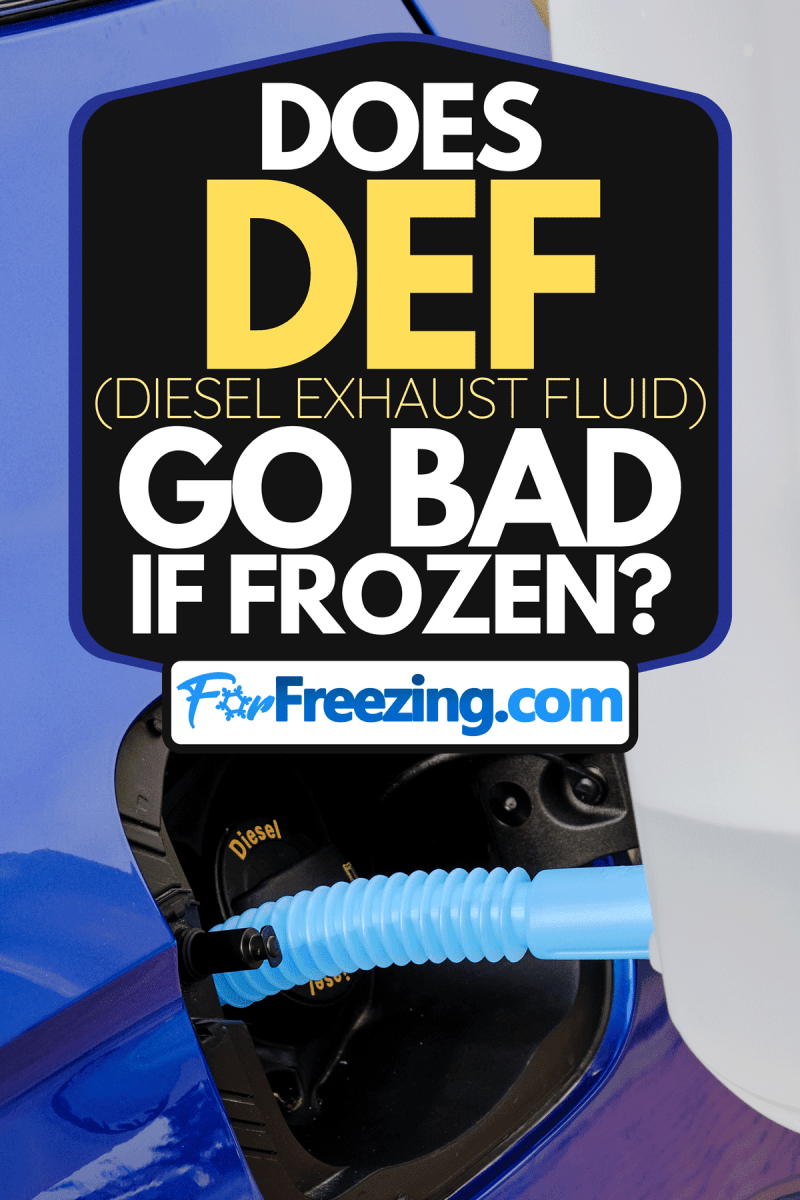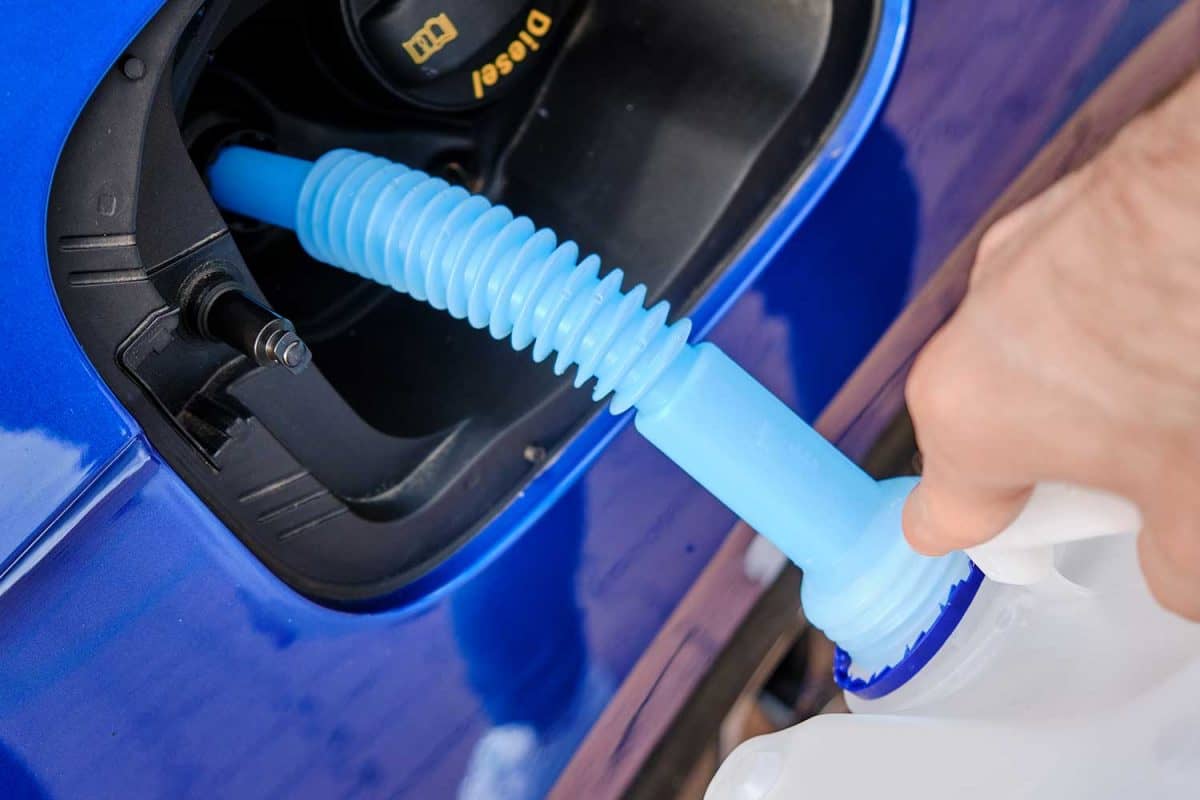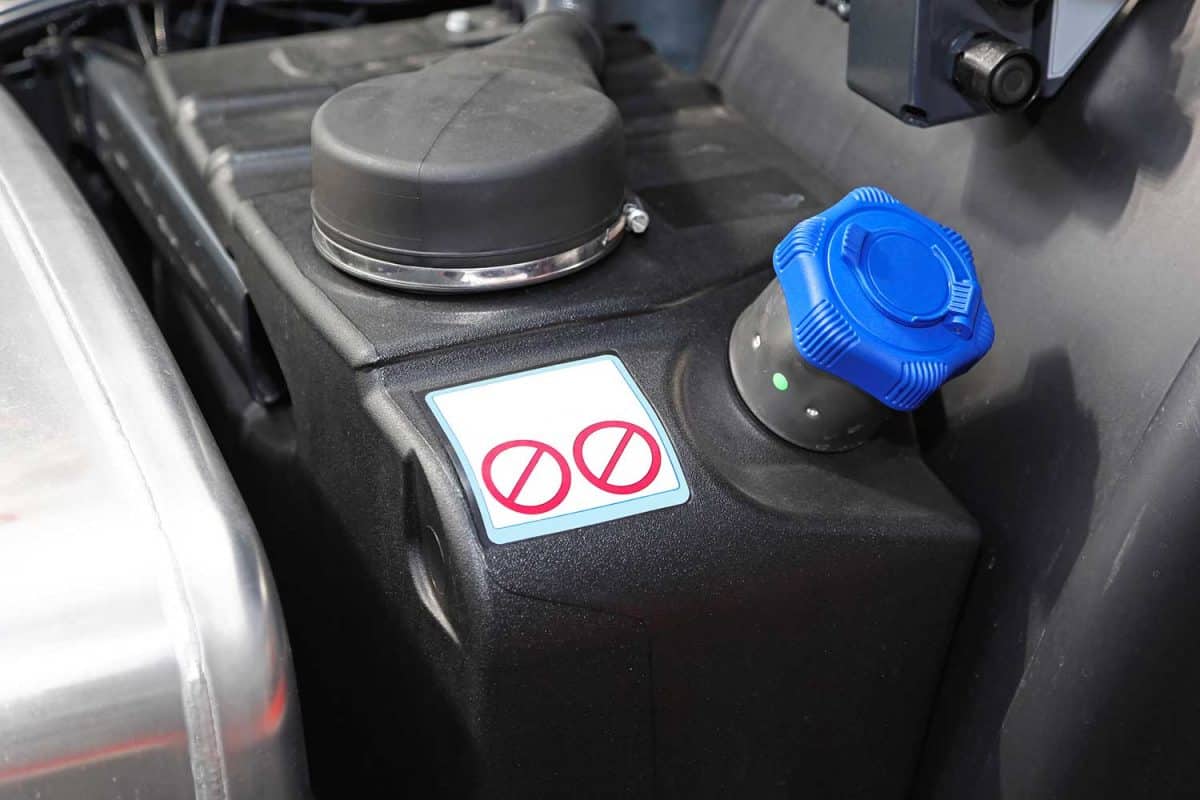The proper management of diesel exhaust fluid (DEF) is important for the best performance of a diesel-powered vehicle. During the colder months, it can be challenging to handle frozen DEF. There is no need to worry about this. We have gathered relevant tips you can follow to keep the quality of DEF during the winter.
Although frozen DEF is sometimes unavoidable during the colder months, freezing will not affect the power and composition of the fluid. The frozen DEF quickly melts if subjected to the right amount of heat using an installed Selective Catalytic Reduction (SCR) system. The frequent thawing and freezing, if done right, can still maintain a good quality DEF. If your DEF is frozen, there are proper defrosting steps to follow.
With the water content present in the fluid, DEF will freeze at a certain temperature. A frozen DEF can affect the performance of the engine. With heat, it will allow the thawing of frozen DEF by regulating the temperature of the DEF tank. The issue is technical but stick around and continue reading to find out some easy-to-remember tips when your DEF gets frozen.
NOTE: WE MAY GET A COMMISSION IF YOU DECIDE TO MAKE A PURCHASE THROUGH THESE LINKS. THERE'S ADDITIONAL NO COST TO YOU. CHECK THE BOTTOM OF THE PAGE FOR MORE INFORMATION.

Importance of DEF
Environmental laws require diesel vehicles manufactured from 2010 to the present to have DEF. The purpose is to reduce noxious Nitrogen Oxide coming from the exhaust of vehicles. The use of DEF minimizes emissions that pollute the environment. Aside from being environmentally conscious, using DEF improves the fuel efficiency and performance of your vehicle.

What happens if diesel exhaust fluid freezes?
A mixture of 67.5% water and 32.5% of automotive-grade urea is the simple composition of DEF. The ratio of the formulation allows the thawing and freezing of the fluid just like water. The freezing point of DEF is 12°F or -11°C. The freezing point differs from regular water because the solution includes urea. The potency of the components will not change when frozen. It will solidify in the DEF tank. The location of the DEF tank is near the diesel fuel tank or where you place the spare tire.
There is no need to worry as frozen DEF will quickly thaw. If your vehicle has an installed SCR, it will do its job to regulate the heat of the DEF tank. The problem arises when you overfill your DEF tank. Due to its water content, it would expand to 6.5- 7% when freezing. The expansion of the fluid might damage your DEF tank and will add to your expenses.
Can you use frozen DEF?
The EPA requires vehicles to have sensors that detect any frozen DEF. Warnings or error prompts tell you that you need to defrost the frozen DEF to avoid any engine failures. To avoid those signals, you must follow proper defrosting of the DEF. After defrosting, the frozen DEF will work as usual.
How do you unfreeze DEF?
An SCR exhaust cleaning system usually has a built-in DEF heater to defrost frozen DEF. You just need to start the car to begin the heating. According to the United States Environmental Protection Agency, the frozen DEF must flow within 70 minutes. The earlier the time to melt the fluid, the better. The thawing will take longer if you overfilled the tank.
Another way to unfreeze frozen DEF is to use an electrical heater. The heater should have the right specifications to rapidly melt the fluid. It should also have a function of self-regulation to avoid overheating the equipment. The heater should not exceed 60 °C or 140 °F to avoid the deterioration of the DEF. One type of heater that is usually used is the PTC, or Positive Temperature Coefficient, heaters. This type of heater is self-regulating, safe, and energy-efficient.
Do not try putting some additives to the DEF; the fluid will not be able to do its job in reducing Nitrogen Oxide. Additives and other chemicals also affect the functioning of the SCR system. It is not advisable to add any additives to fully utilize the functions of the DEF.
How do you know if DEF is bad?
You can check the DEF if it is clear or not. If it is cloudy or has some other pigments, these are signs of contaminated DEF. These are the effects of using a bad quality DEF:
- Can give rise to equipment and engine failures
- Can cause damage to the immediate components like the DEF pump or diesel filter
- Can compromise the function of the built-in SCR system
- Can make the vehicle use more fuel that will lead to low fuel efficiency

The use of DEF is essential to allow the smooth operation of diesel-fueled vehicles. The damages you might get from using a bad DEF might cost you big expenses for repair or replacement of key vehicle parts. Keep your DEF from going bad by following the tips below.
How to keep DEF from Going Bad
To prevent any contamination of DEF, you need to consider the proper storage, temperature, and dispensing procedures. There are specific types of containers and temperatures that will help maintain DEF shelf-life.
Proper Storage
The proper storage affects the quality of the DEF. Manufacturers advise car owners to use ISO-approved containers for storing DEF. The recommended containers for storing include those made from stainless steel or polypropylene. The right container avoids the corrosion of DEF with metals like aluminum. The suitable containers keep the DEF from being unusable.
Right Temperature
Diesel Exhaust Fluid can last 12 -24 months. The correct temperature will affect the quality and life of the DEF. The components of the DEF, like urea, will degrade if exposed to higher temperatures or sunlight. A container already subjected to prolonged heat higher than 86°F can only last up to 12 months. The best temperature for storing DEF ranges from 75°F to 86°F. If you can maintain the temperature, the DEF can last up to 24 months.
Correct Dispensing
Most DEF containers have a designated nozzle attached to the container. Sometimes, transferring DEF to the vehicle is done by using hand or air-powered pumps. The types of pumps not used to dispense DEF are fuel and other generic pumps which have aluminum and rubber parts. You can also use a funnel but dedicate this only for DEF and not for other oils. Aluminum and other solid or liquid contaminants might corrupt the catalyst.
If your DEF has gone bad, throw it immediately by following the correct disposal measures. Even though it is non-toxic, do not quickly pour these anywhere as DEF might mix with other harmful substances. It might also clog your drainage and pipes. You can put it in a container and let the sand absorb it.
Is there an expiration date on DEF?
The DEF containers have printed date codes. The codes are alphanumeric which includes the facility code. For this format, there are 11 characters.
An example is: CO203570460
The first 2 letters are the facility code. The third and fourth digits are the year of manufacture and added plus one year. For this example, it shows 20, thus the year of manufacturing is in 2019. The fifth to seventh digits are the days left in the year, counted 365 days less than the digits present. If the code shows 357, the manufacture date is on January 8th, or 365 less 357 is 8 days after the start of the year. The eighth to eleventh digits tell the batch code.
If you plan to buy DEF, always look at the expiry dates if available. If there is none, ask for the most recent delivery of DEF jugs or gallons. Always look if the DEF sold have an API (American Petroleum Institute) certification. Diesel manufacturers prescribe API-certified products to use for vehicles. It is better to buy at trusted stores with good inventory management and controlled temperatures to ensure the quality of DEF. Buying from gas stations or other places will not give you a high-quality DEF for your vehicle.
Final Words
The very cold temperatures during winter will make you worry about your stored DEF. The DEF will surely freeze due to its water content. The freezing of DEF will not affect quality when properly defrosted. There is no need to put additives to avoid frozen DEF. You need to use the SCR of your vehicle to allow the flow of the DEF. The DEF sold in markets have expiration dates to help you decide if you need to buy a new one or not. Also, make sure to always check the quality of the DEF. Discard any decomposed DEF following proper disposal measures.



